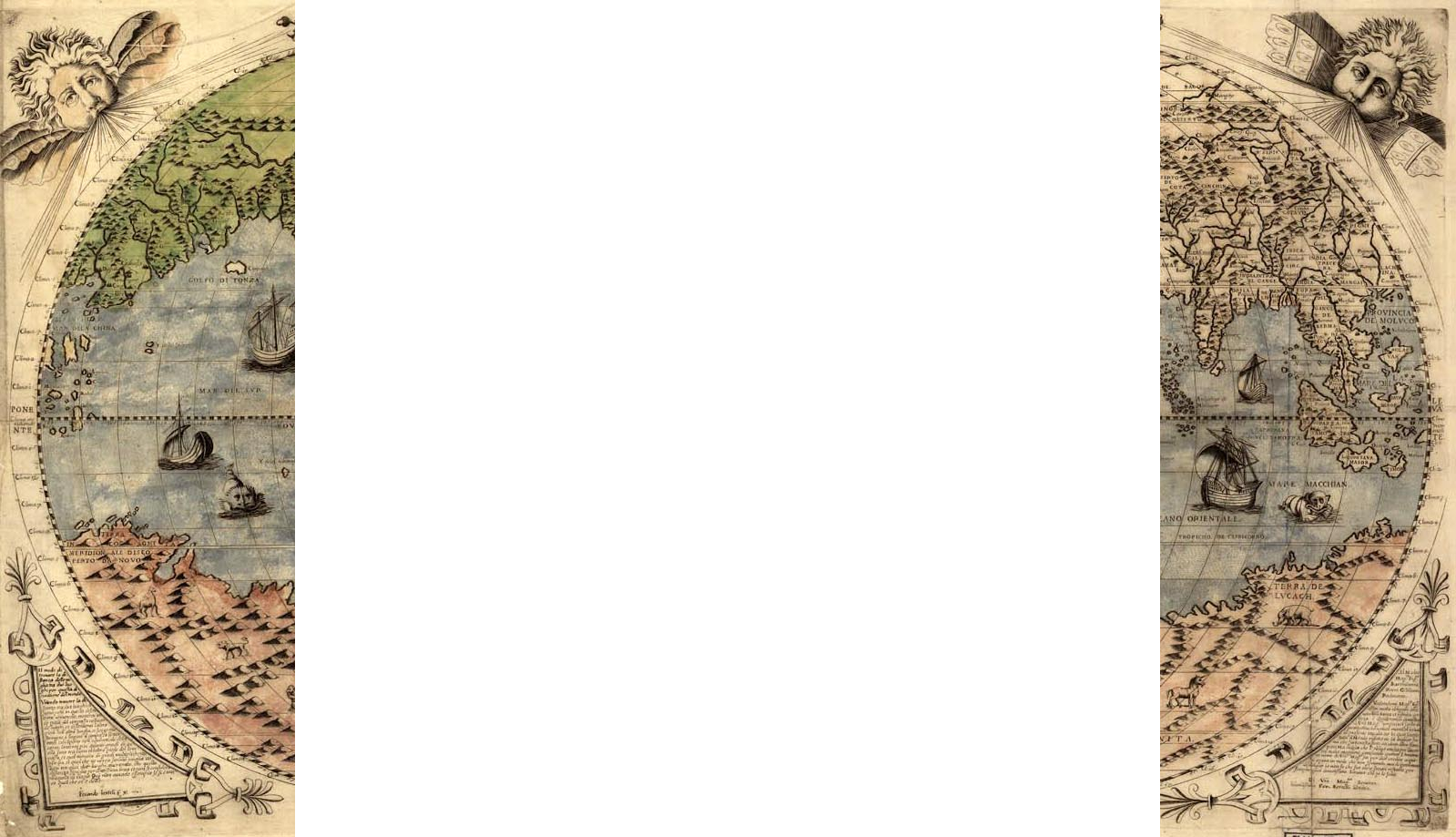Dr Faye Kert provides our next “Why I Became a Historian” post. Dr Kert is a graduate of the University of Leiden (1997), and is currently Book Reviews Editor for the Canadian Nautical Research Society’s journal the Northern Mariner. She will also be a member of the panel for the second “Making History” podcast discussion on practical experience and historical practice.
An Honours BA in history and two holiday dives in the Bahamas were enough to plunge my government communications career into underwater archaeology. Hooked after my first dive, I returned home determined to find a way to it do it full time. A quick glance through the Canadian Government phone book (no web-sites then) revealed the Underwater Archaeology Section at Parks Canada. Having never studied archaeology, let alone certified as a diver, I told them I was ready. They suggested a diving course and some experience first. There followed a certification course, lots of local dives and some more training, but no job. In January 1977, I attended an underwater archaeology conference conveniently held in Ottawa and sat down for lunch with three men who had underwater sites. I told them that one of them had to hire me because I needed some diving experience before I could work for Parks Canada.
The winner, (or loser) depending on your perspective, was the one with the 18th- century Dutch East India Company wreck located in the Scilly Islands. The name said it all – I couldn’t resist. Fortunately, he was a lawyer, not a diver, and had no idea how little I knew. So my first diving job was on a shattered wreck 100 feet down, an hour out of St. Mary’s in the Isles of Scilly. Despite daily sea sickness, running out of air once, and watching a basking shark as long as our boat float along beside us, I learned how to dive and excavate. I even took courses in underwater demolition and heavy lifting (not part of the standard archaeological kit.)
By 1978, I really was ready, and Parks Canada hired me for the summer season after my boss at the Museum of Man (now the Museum of Canadian History) agreed to loan me out. It was amazing – despite being in Labrador where the water temperature hovered around 0* F and the term “dry” suit was used pretty loosely. We found the wreck of a 16th-century Basque whaling ship, the San Juan, which was the first of a series of unique finds in the icy waters of Red Bay. For the next few summers I worked with a truly wonderful professional crew of archaeologists, conservators, artifact specialists, artists and photographers, as well as a crew of land archaeologists from Memorial University in Newfoundland, uncovering a previously-unknown chapter in Canadian history.
In January 1980, at another underwater archaeology conference, I met Margaret Rule, director of the Mary Rose excavations in Portsmouth, UK, and offered to exchange barrels of 400-year-old whale oil in the Strait of Belle Isle for the a view of the Isle of Wight and a warship that once belonged to Henry VIII. Luckily, one of her archaeological supervisors became pregnant shortly after our conversation and she offered me the job. Three weeks later, I was diving into the pitch black waters of the Solent. It was an unforgettable experience and the culmination of my dreams of excavating history first hand. The Mary Rose excavations rewrote Tudor history and resulted in a nail-biting lift and recovery the next year and a splendid museum that has just been refurbished.
It was also the end of my diving career. Communications was well-paid, warm and dry; underwater archaeology, not so much. Instead, I obtained a Master’s degree, and then a doctorate in history, so that now retired, I can once again combine my love of history and water as a maritime historian.








So glad to see that you pursued your passion and that it has produced such fascinating results. Best wishes for your continued research and publishing.